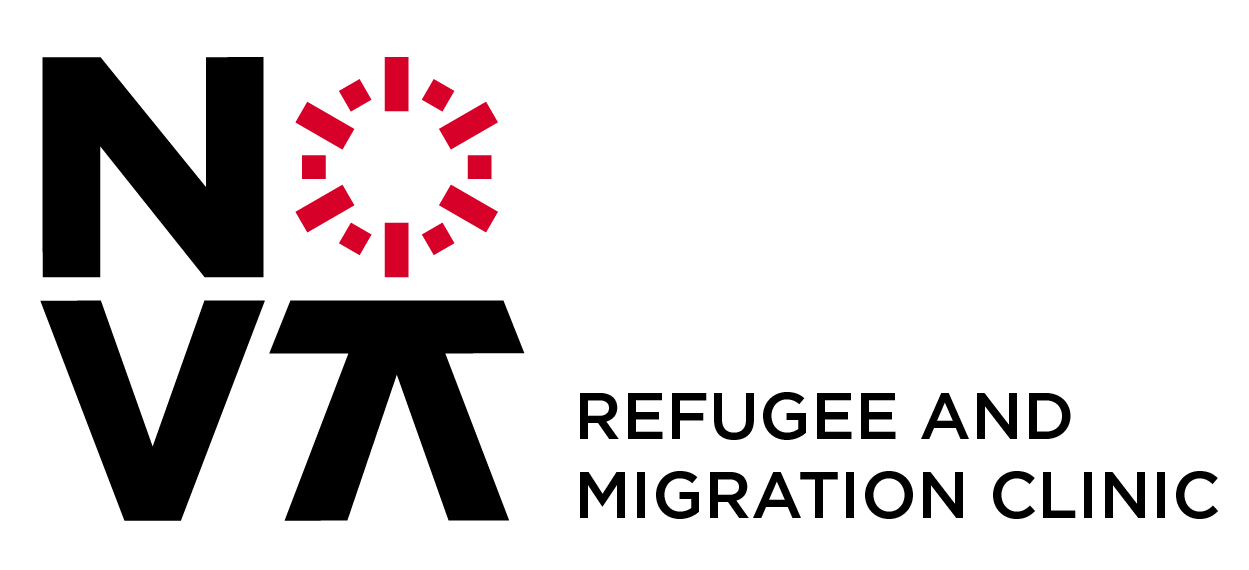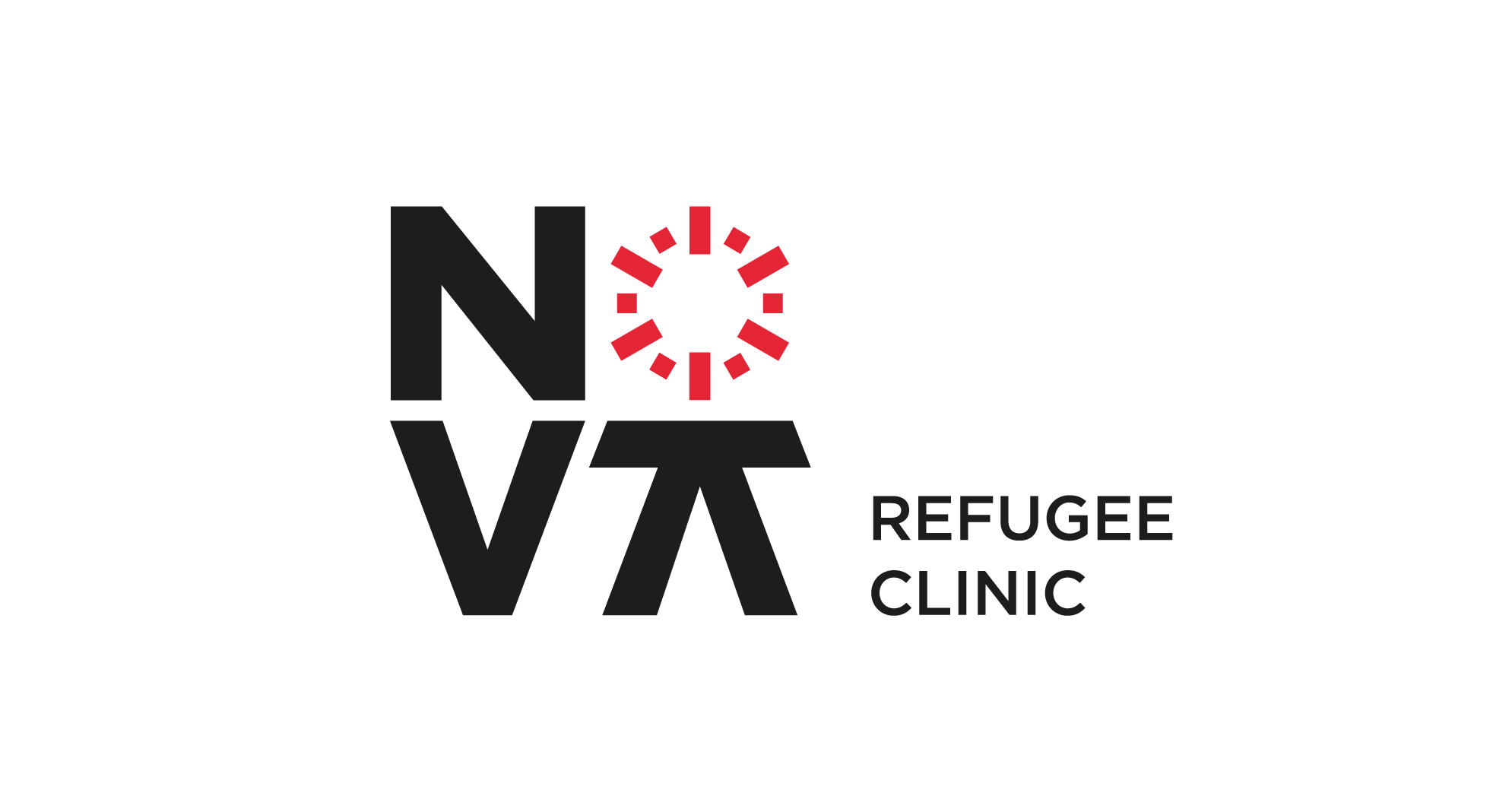RESEARCH LINE

RESEARCH LINE:
MIGRATION AND VULNERABILITY
Team Leader:
Dimitra Fragkou
Members:
Luana Cardoso
Sofia Carmo
Fernanda Leal
Carolina Moniz Pinto
Eva Cencen
Ana Costa
LINE PRESENTATION
Vulnerability, the original notion of which can be traced back to environmental sciences (Adger, 2006, p. 268), has relatively recently found its way into the legal field, becoming a powerful and versatile tool for lawmakers, law practitioners and judicial authorities. However, the notion’s interpretation remains unclear and has generated a heated debate in theory and practice. NRC has viewed creating a research line dedicated to ‘vulnerability’ as essential for approaching the term holistically and identifying its implications in the context of migration.
Instead of focusing separately on the specific needs and rights of certain groups of people who are occasionally considered vulnerable (like children, people with disabilities), we aim to go a step back and explore why we need vulnerability as a term and what is its effect in the perception of ourselves towards ‘the other’ in a dangerous and unsustainable world.
Before addressing the legal issues arising thereof, we will delve, with the help of guest experts, into the muddy waters of ethics, social studies, anthropology, psychology, and history. Furthermore, we will review readings in victimology, human rights, risk studies and transitional justice and examine international, regional, and national laws, international and domestic judicial decisions, soft law instruments and policymaking material of international organizations. We will advise interdisciplinary research, innovative civil society approaches and initiatives and activist proclamations aiming to contribute with an additional source of reference for law academics, practitioners, and civil society actors.
Issues to be explored (indicatively):
- Definitions of vulnerability – Who defines vulnerability?
- Tracing the origins of vulnerability (environmental studies, risk studies, social studies, ethics);
- Historical traces of vulnerability as an element of the law;
- Vulnerability assessment in asylum procedures (guidelines and tools, interview techniques, burden of proof);
- Vulnerability and integration – the role of the former in the application of the latter;
- Vulnerability and reparations (Collective vs individual reparations, rehabilitation, restitution);
“What happens when people open their hearts?”
“They get better.”
― Haruki Murakami, Norwegian Wood
THE “DEFINING VULNERABILITY” PROJECT
The project’s main goal is to frame, as best as possible, a user-centered legal definition of vulnerability.
Following a hybrid design thinking process, the team members will build on knowledge and self-consciousness, taking as a premise that cultivating intuition and awareness is as essential as reasoning and argumentation.
The project, therefore, is divided in three axes:
a) research;
b) outreach and networking;
c) capacity building through self-education and skill sharing, following a flipped classroom approach.
Therefore, the team members are expected to cooperate in problem solving, propose practical ideas and solutions, note down insights and brainstorm in a horizontal collective manner. The role of the team leader is to guide the team through the design thinking process, and when necessary, moderate the sessions and offer any sort of support required by the team. The team leader can also be involved in problem solving, giving priority, however, to solutions collectively decided by the team.
The design thinking approach followed by the MV Research Line in the Defining Vulnerability Project will be organized as follows:
- In the first step, the team members will generally explore the term vulnerability, trace the vastness of the field, note down insights and observations and acquire preliminary knowledge on the vulnerability discourse across disciplines.
- The second step is empathizing. The team will aim to conclude, through diverse sources (such as discussions with experts, video, films and other media, and personal accounts) on who may benefit from our research (user) and what might be their needs (design thinking step: empathizing). This step is essential before team members contact directly vulnerable migrants and refugees in the future. Also, resources on the privilege spectrum, internalised bias as well as free UN and EASO will be used for self-education at this stage.
- In the third step, the focus will turn into law (design thinking step: define). What barriers and obstacles does law create to users? What patterns do we observe? What is the big user problem with law that our team needs to solve? By the end of this stage the team should be able to frame a problem in a user-based manner.
- Finally, all knowledge will be assumed, discussed, and brainstormed and the team will pass to the stage of proposing solutions, according to what they have learned so far (design thinking step: ideate).

